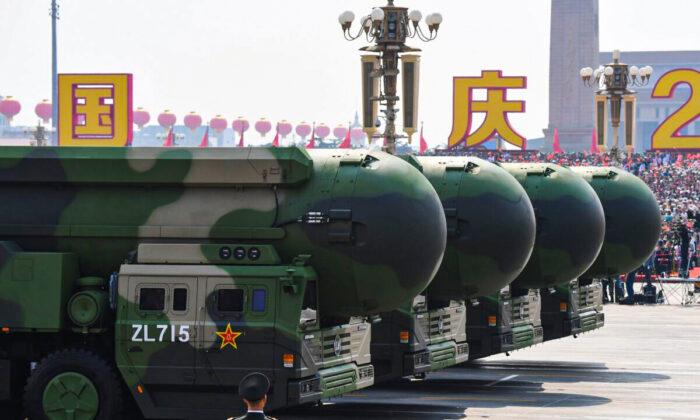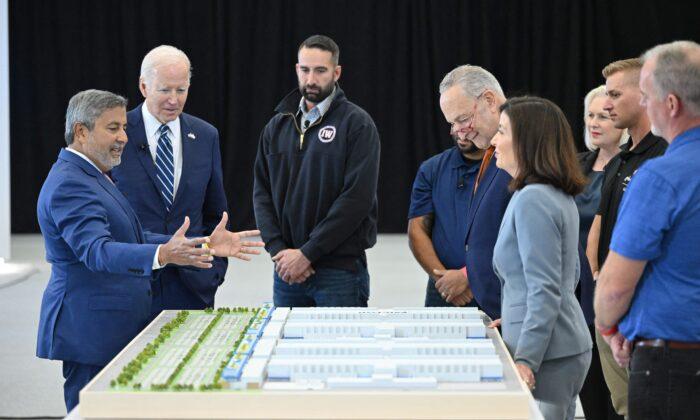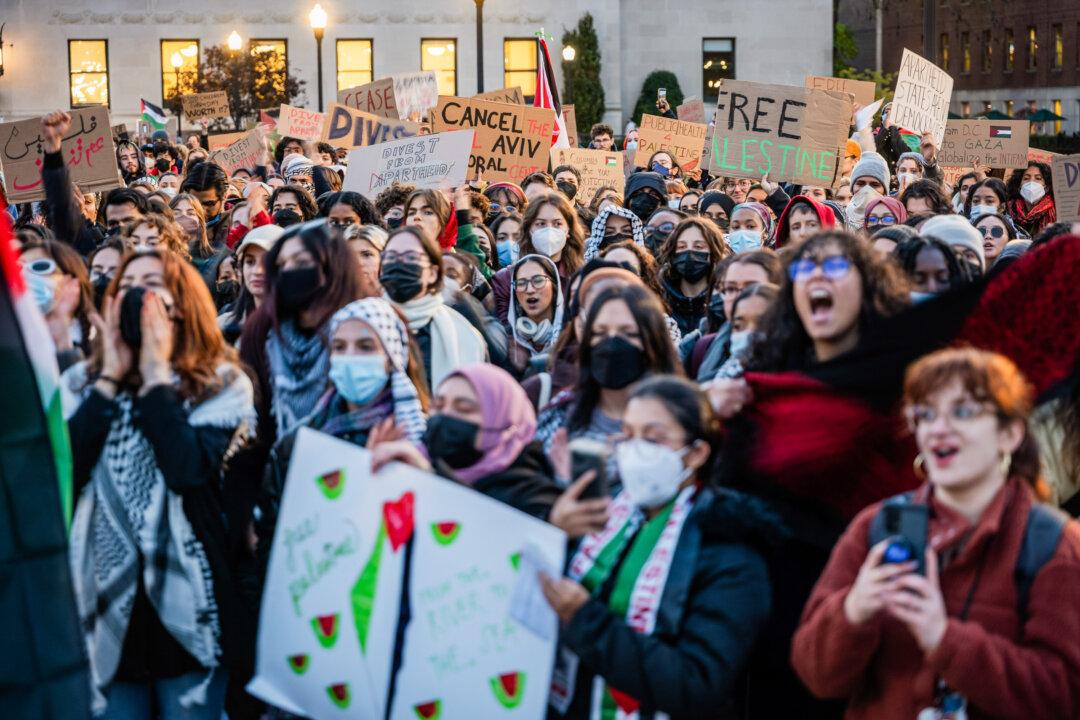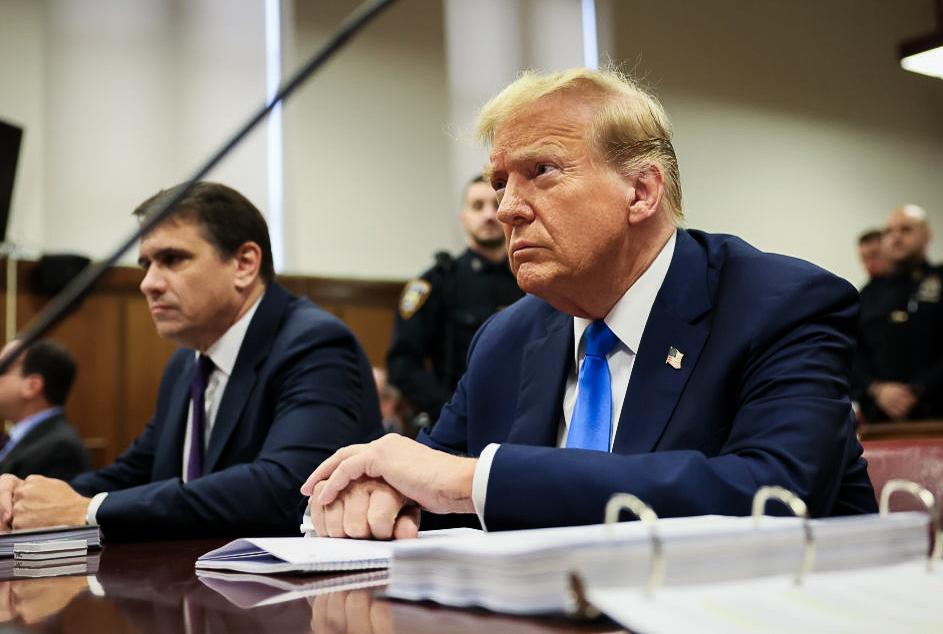The U.S. Indo-Pacific commander has warned that China’s growing nuclear arsenal poses a threat to the region’s stability, with Beijing pursuing “the largest military buildup in history” since World War II.
Adm. John Aquilino, the U.S. Indo-Pacific commander, made the remarks following China’s opposition to the Australia, UK, and U.S. (AUKUS) defense pact, which will arm Australia with nuclear-powered submarines. Beijing said it poses nuclear proliferation risks.
“If you’d like to talk about nuclear weapons and the concern for a nuclear arms race, all you have to do is look into the PRC [People’s Republic of China],” Aquilino said at a press conference in Indonesia.
The report stated that China could be planning to have at least 1,000 warheads by 2030, exceeding the U.S. initial projection in 2020.
“The PRC has possibly already established a nascent ‘nuclear triad’ with the development of a nuclear capable air-launched ballistic missile (ALBM) and improvement of its ground and sea-based nuclear capabilities,” it stated.
AUKUS Defense Pact
Beijing had accused the AUKUS nations of taking no notice of “serious nuclear proliferation risks” warning that it could undermine “peace and security in the region.”Chinese Ministry of Foreign Affairs spokesperson Zhao Lijian said in a July 29 press briefing that the sharing of nuclear information shouldn’t be allowed unless all stakeholders in the International Atomic Energy Agency agreed and if the body had oversight of the deal.
But Australia has said that its commitment to the treaty hasn’t wavered, which is why the country will go about obtaining the weapons in the most transparent way possible.
Assistant Defence Minister Tim Ayres told the conference on Aug. 2 that Australia is working with the international nuclear regulator and community to maintain “a nuclear weapons-free and independent Pacific.”
“All three [AUKUS] partners are committed to upholding our legal obligations and to strengthening the integrity of the non-proliferation regime. We will not simply uphold but strengthen the integrity of the regime,” he said.






Friends Read Free